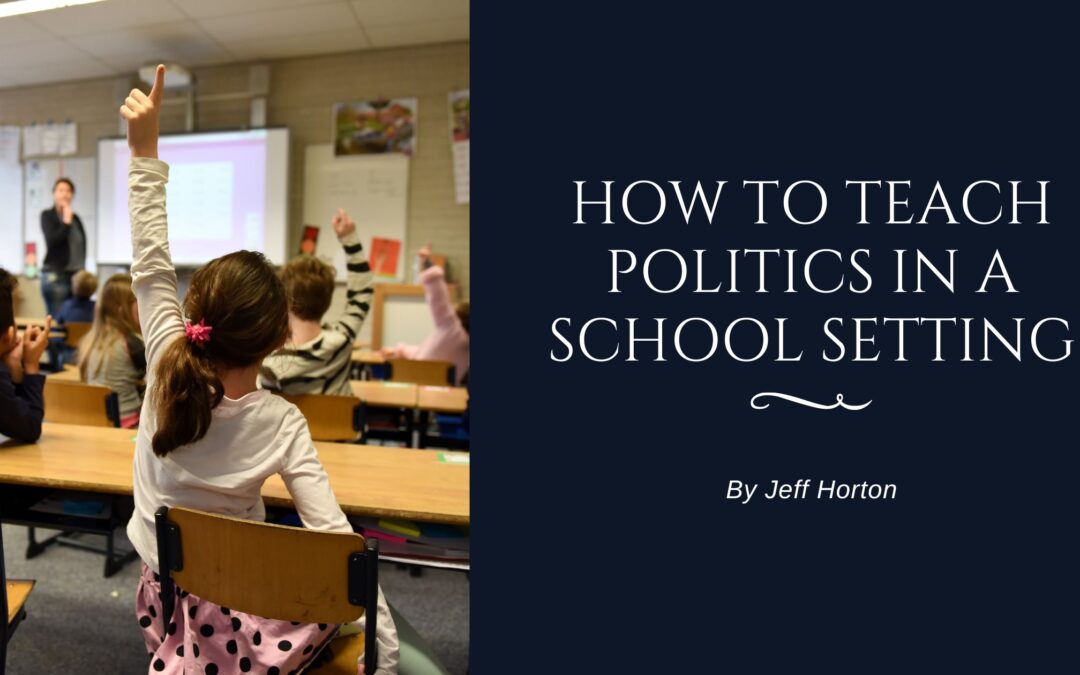In today’s world, politics is an essential part of our lives. It is important to understand the workings of politics, the different political systems, and how it affects our day-to-day lives. As teachers, we are responsible for equipping our students with skills to participate in the political process. However, teaching politics can be daunting, especially in a school setting.
Start with the basics
When teaching politics, it is essential to start with the basics. Begin by teaching your students about the different political systems, such as democracy, dictatorship, and communism. Explain the differences between them and how they function. You can also introduce the concept of political ideology and how it shapes the policies of different political parties.
Use real-life examples
Students learn best when they can relate to what they are learning. Use real-life examples when teaching politics. You can use current events, news articles, and historical events to illustrate how politics works in the real world. For example, you can use the recent US presidential election to teach your students about the electoral college and how it works.
Encourage critical thinking
Politics is a complex subject, and there are often no clear-cut answers. As such, encourage critical thinking when teaching politics. Encourage your students to ask questions and think deeply about the issues. You can also teach them to analyze political speeches and debates and identify logical fallacies.
Foster respectful debate
Politics can be a divisive subject. Foster respectful debate in the classroom. Encourage your students to express their opinions and to listen to the views of others. Teach them how to disagree respectfully and use evidence to support their arguments. You can also use classroom debates to teach your students how to argue effectively and to consider different perspectives.
Use technology
Technology can be a powerful tool when teaching politics. You can use online resources such as videos, podcasts, and simulations to engage your students and give them a hands-on experience. For example, you can use an online simulation to teach your students about the legislative process and how bills become law.
Connect politics to real-world issues
Teach your students about the policies that affect them, such as healthcare, education, and the environment. You can also encourage them to get involved in local politics by attending meetings, writing to their elected officials, and volunteering for political campaigns.
Lead by example
Teach your students the importance of voting, staying informed, and participating in politics. Encourage them to get involved in their communities and to make a positive difference.
Teaching politics in a school setting is challenging but essential. By starting with the basics, using real-life examples, encouraging critical thinking, fostering respectful debate, using technology, connecting politics to real-world issues, and leading by example, you can help your students become informed and engaged citizens.
